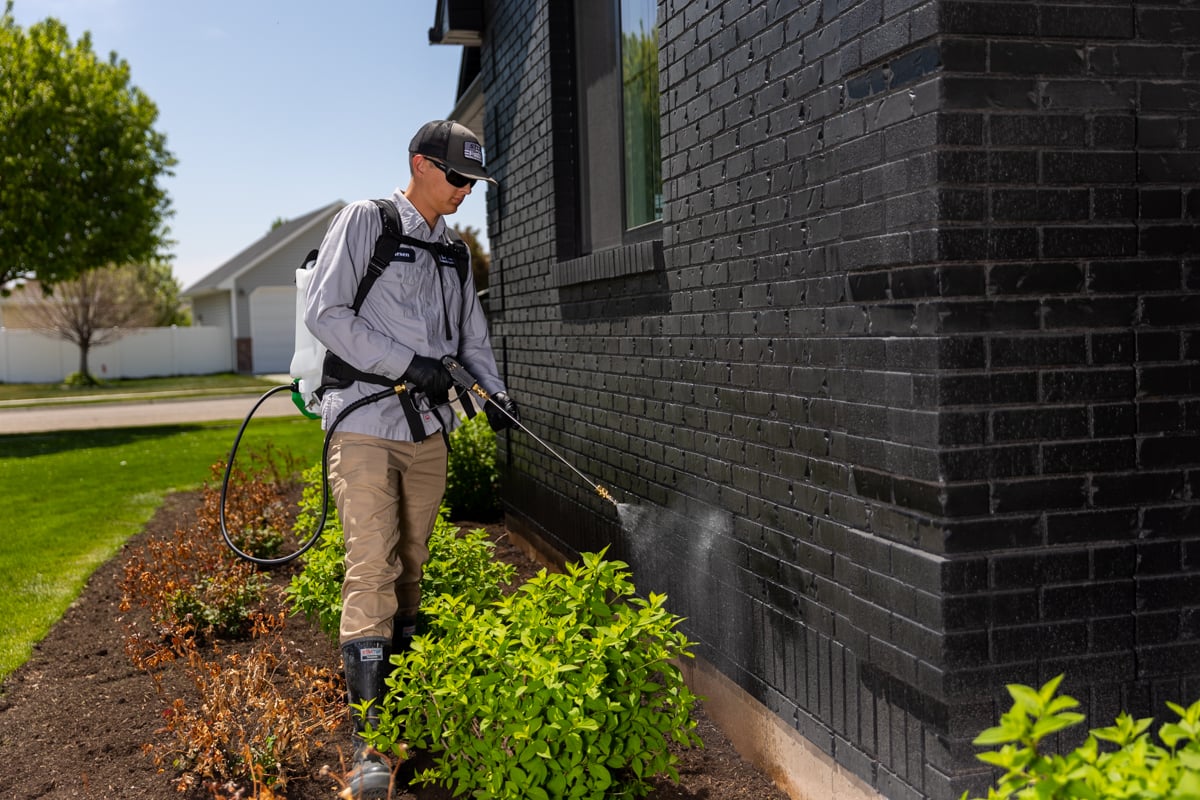Bed Insect Therapy Malfunction: Contrasting Chemical Vs. Non-Chemical Solutions
In the realm of bug control, particularly when managing the persistent issue of bed bugs, the option in between chemical and non-chemical treatment remedies can be a pivotal one. Both methods offer distinct advantages and drawbacks, influencing elements such as performance, security factors to consider, and general cost. By examining the nuanced details of each technique, a clearer understanding of which path to seek in attending to a bed insect problem can be obtained.
Performance of Chemical Therapies
Chemical treatments for bed pest problems have been commonly recognized for their rapid and potent efficacy in eliminating these parasites. When considering the effectiveness of chemical therapies, it is crucial to understand that they can supply a complete and fast option to a bed bug problem.
Additionally, chemical therapies have the benefit of offering recurring impacts, indicating that they can proceed to get rid of bed insects even after the initial application. This recurring activity is especially advantageous in combating any type of possible re-infestations. Additionally, the rapid activity of chemical therapies can bring relief to people encountering extreme bed insect problems, allowing them to regain control of their home rapidly.
Security Issues With Chemical Solutions
One essential element that calls for cautious factor to consider when utilizing chemical solutions for bed pest treatment is making sure the security of passengers and the atmosphere. While chemical therapies can be efficient in removing bed bugs, they might pose dangers if not managed properly. One of the primary safety interest in chemical remedies is the possible harm they can trigger to human health. Direct exposure to specific chemicals utilized in bed bug treatments can result in respiratory concerns, skin irritability, or various other adverse responses, particularly in people with pre-existing problems or sensitivities. Additionally, inappropriate application or dose of chemical pesticides can result in poisonous deposits lingering in the cured area, positioning long-term health dangers to owners.
Furthermore, the ecological impact of chemical solutions is one more considerable consideration. Some chemicals utilized in bed insect treatments may be harmful to beneficial bugs, wildlife, and environments if they seep right into the soil or water systems. It is essential to use chemical therapies carefully, following security guidelines, and considering less hazardous options to minimize these risks and make sure the efficient and risk-free management of bed insect problems.
Benefits of Non-Chemical Strategies
Considering the prospective security problems and ecological effect linked with chemical options for bed insect treatment, checking out non-chemical approaches provides an appealing option with numerous distinct benefits. Non-chemical approaches use a safer option for families, especially those with children, people, or pets sensitive to rough chemicals. These approaches remove the dangers of direct exposure to toxic compounds, lowering the possibility for damaging wellness results. In addition, non-chemical treatments are environmentally friendly, as they do not add to air or water pollution, making them a sustainable choice for insect control.
Additionally, non-chemical solutions can be effective in targeting bed insects, including hard-to-reach areas where chemical therapies may not pass through - A1 bed bug treatment in charlotte. Techniques such as warmth therapy, vacuuming, vapor cleansing, and bed mattress encasements supply comprehensive eradication without the use of hazardous chemicals.
Limitations of Non-Chemical Treatments

Furthermore, non-chemical treatments typically call for several applications to accomplish effective eradication. This can be lengthy and may not constantly ensure complete mice removal elimination of all bed bugs and their eggs, especially in hard-to-reach or concealed places.
Moreover, the success of non-chemical therapies greatly depends on correct execution and thoroughness, which can be challenging for people without professional knowledge. Inadequate application of non-chemical techniques may result in insufficient obliteration, resulting in consistent invasions and the demand for additional treatments.
Therefore, while non-chemical treatments have their benefits, it is necessary to acknowledge these restrictions and consider them when figuring out the most reliable method for handling bed insect invasions.
Expense Contrast: Chemical Vs. Non-Chemical Options
Offered the constraints connected with non-chemical therapies, an important aspect to evaluate in the context of bed pest administration is the expense contrast between chemical and non-chemical options. Chemical therapies normally include the application of insecticides by professionals, which can vary from $250 to $900 per space, depending upon the severity of the invasion and the dimension of the area to be treated. In contrast, non-chemical therapies like warm treatment or steam can be a lot more costly, with costs ranging from $1,000 to $6,000 for a whole home. While the first expense of chemical treatments may seem reduced, multiple therapies may be called for to fully remove the problem, possibly raising the total price. On the other hand, non-chemical options may provide a much more environmentally friendly and lasting service, although they can be cost-prohibitive for some people. Ultimately, when taking into consideration the cost of bed bug treatment alternatives, it is important to consider the ahead of time costs against the performance and long-lasting sustainability of the picked technique.
Verdict

Thinking about the potential security issues and environmental effect linked with chemical options for bed insect treatment, checking out non-chemical methods provides an encouraging alternative with several distinct advantages.Provided the constraints linked with non-chemical therapies, a necessary facet to evaluate in the context of bed pest monitoring is the go to this website cost contrast between chemical and non-chemical choices. In contrast, non-chemical therapies like warmth therapy or heavy steam can be much more costly, with costs varying from $1,000 to $6,000 for a whole home. While the initial cost of chemical treatments might get more seem reduced, numerous treatments may be called for to completely eradicate the infestation, potentially boosting the overall price.In verdict, when comparing chemical and non-chemical bed insect therapy alternatives, it is crucial to think about effectiveness, safety, advantages, limitations, and cost.